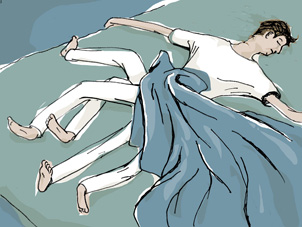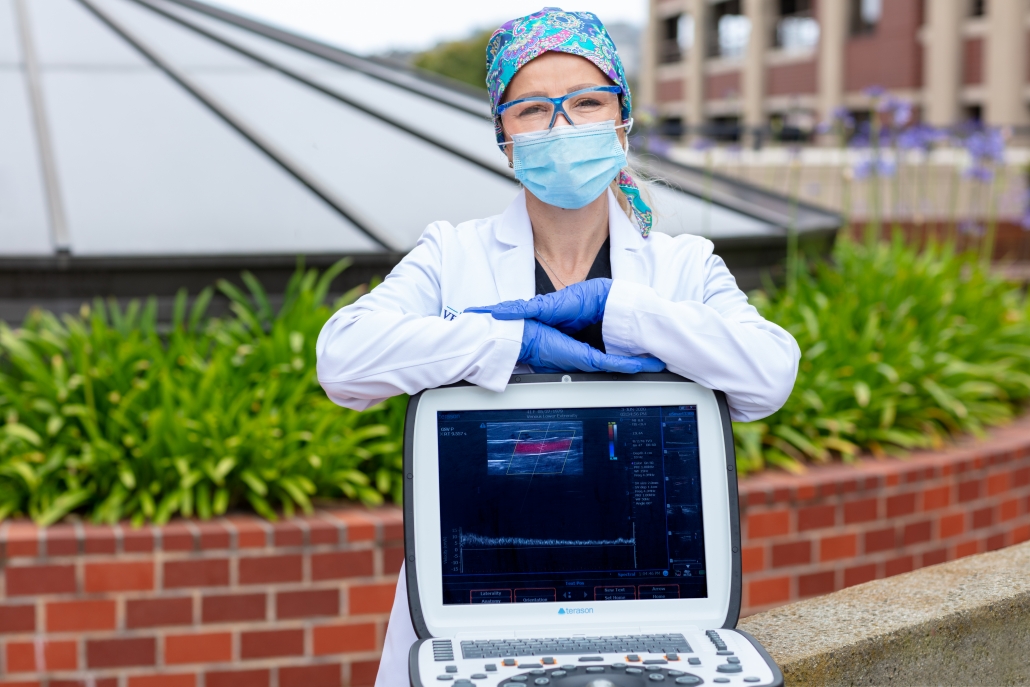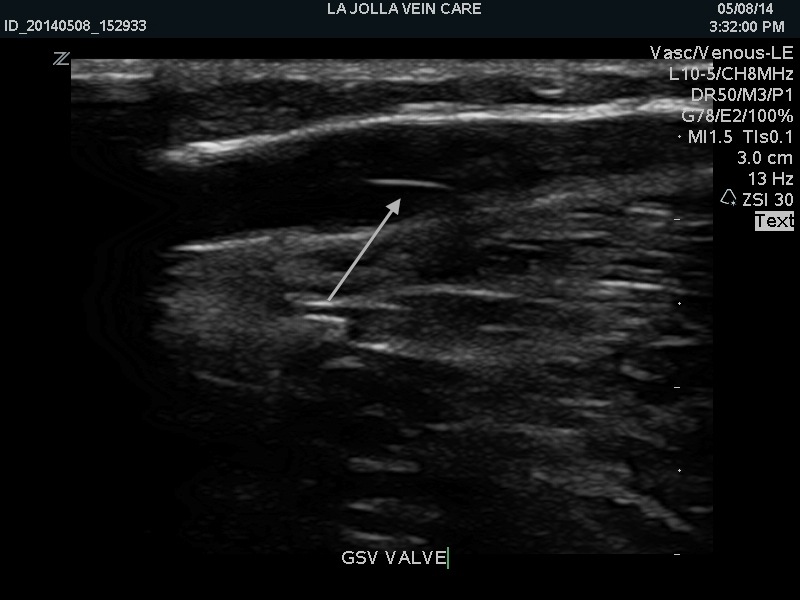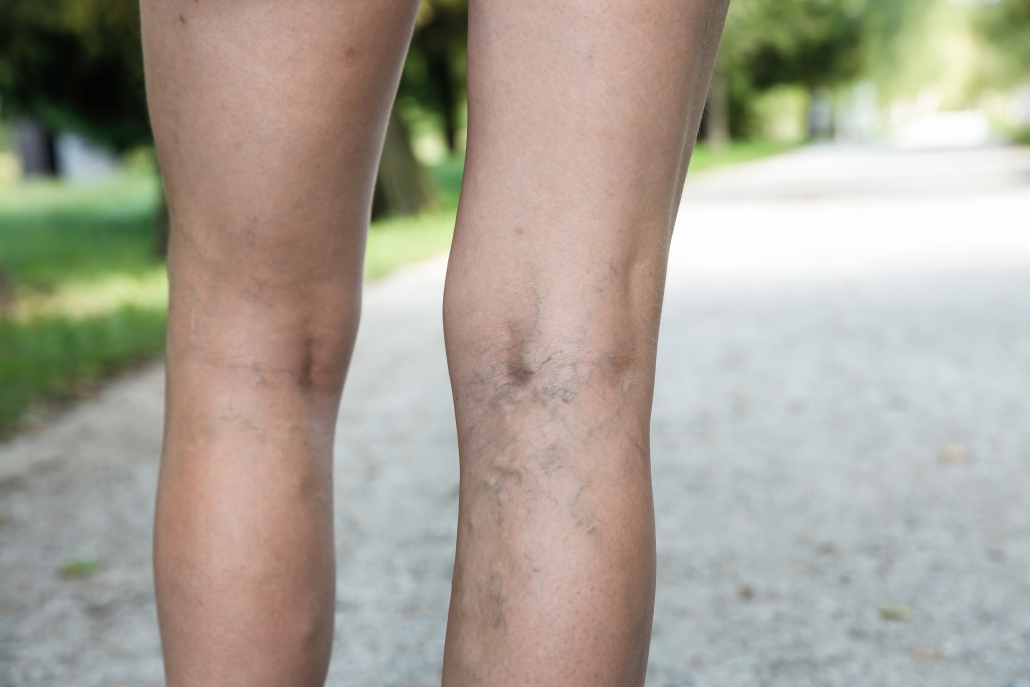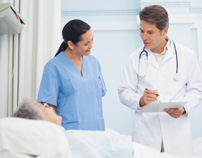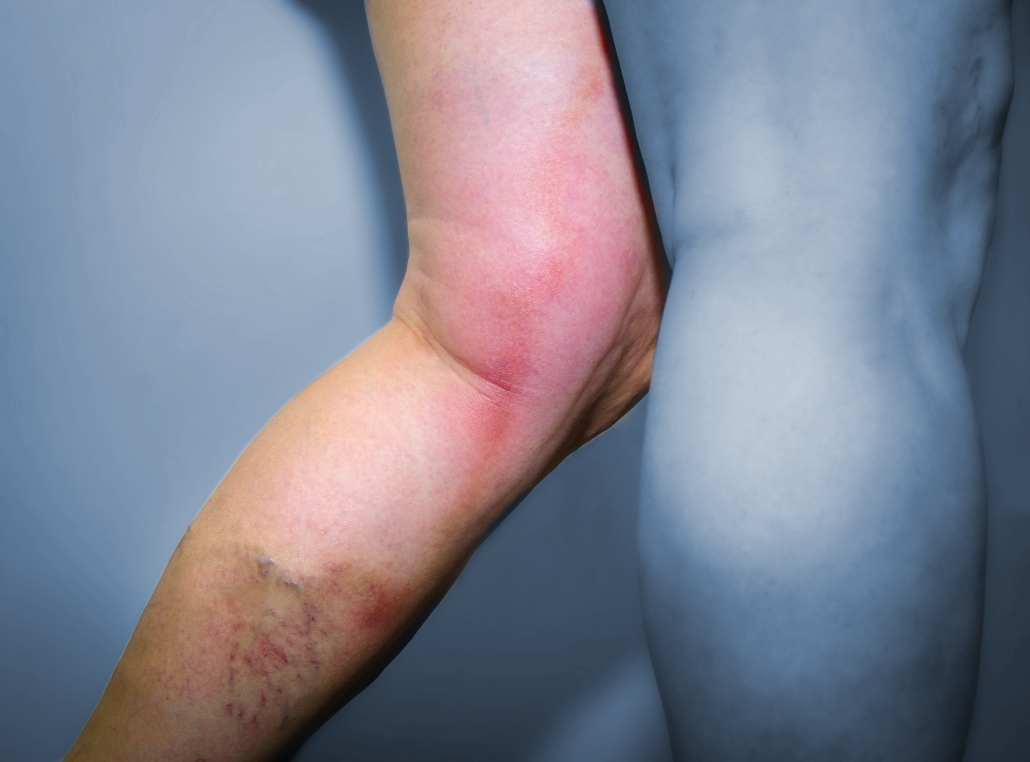Varicose Veins Common Cause For Restless Legs Symptoms
Nisha Bunke2021-11-15T13:32:16-08:00The restless leg was a reported symptom in 30% of people who suffer from varicose veins, in our study.
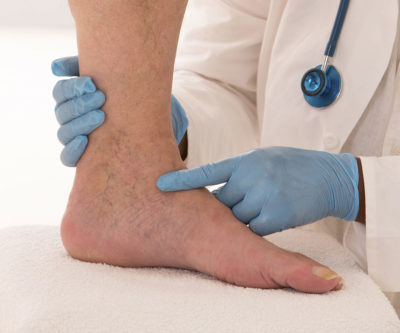
Those who suffer from varicose veins often report a feeling of restless legs, especially at night when in bed. In our study, about 30% of […]

